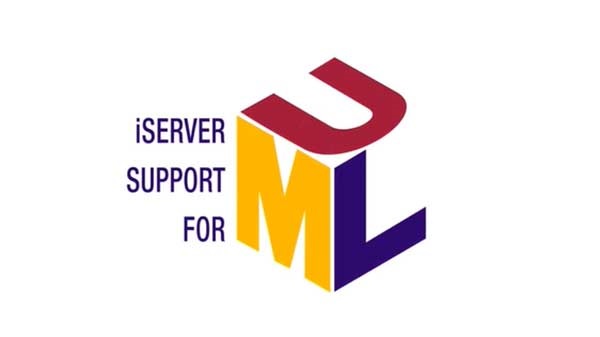iServer provides out of the box support for the Unified Modeling Language (UML) version 2.5 in the form of an integrated UML metamodel and pre-loaded Microsoft Visio stencils and templates as well as example UML diagrams and content.
With iServer’s support for UML 2.5, teams can collaborate to generate numerous views of complex systems across the organisation whilst ensuring consistency of their technical models and continuing alignment to the latest version of UML.
What is UML?
UML is a general-purpose modeling language incorporating a graphical notation used to visualise system designs. UML was developed to standardize the range of existing notations and approaches to system design and version 2.5 is the latest iteration of this globally adopted, de-facto standard.
UML is used primarily by system and software designers to model the detailed design of a system and also by Solution Architects to understand the modularity of the system and the interactions between system components.
How does iServer support UML?
iServer’s support for UML is based on a predefined UML repository folder structure where users can store, access and collaborate on models within a central location.
Included are the complete set of Visio templates enabling users to create a host of visually impressive UML diagram types, and iServer’s integrated UML metamodel can be aligned to other de-facto standards such as TOGAF, ArchiMate and BPMN which are also supported in iServer.
iServer support for UML benefits organisations by making it easy for them to:
- Enforce Standardized Modeling
- Implement Common Technical Understanding
- Establish Consistency and Reuse Across the Repository
Examples of the UML diagrams you can easily create with iServer include:
Component diagrams. A component diagram's main purpose is to show the structural relationships between the components of a system.
Deployment diagrams model the run-time architecture of a system, the configuration of the hardware elements and shows how software elements are mapped to the hardware.
The Use Case model captures the requirements of a system. Use cases help communicate to users and other stakeholders what the system is intended to do.
Sequence diagrams are used to show which objects communicate with which other objects; and what messages trigger those communications.
To see the complete support for UML 2.5 in iServer, please book a live demonstration with one of consultants today.
Enterprise Architecture Video